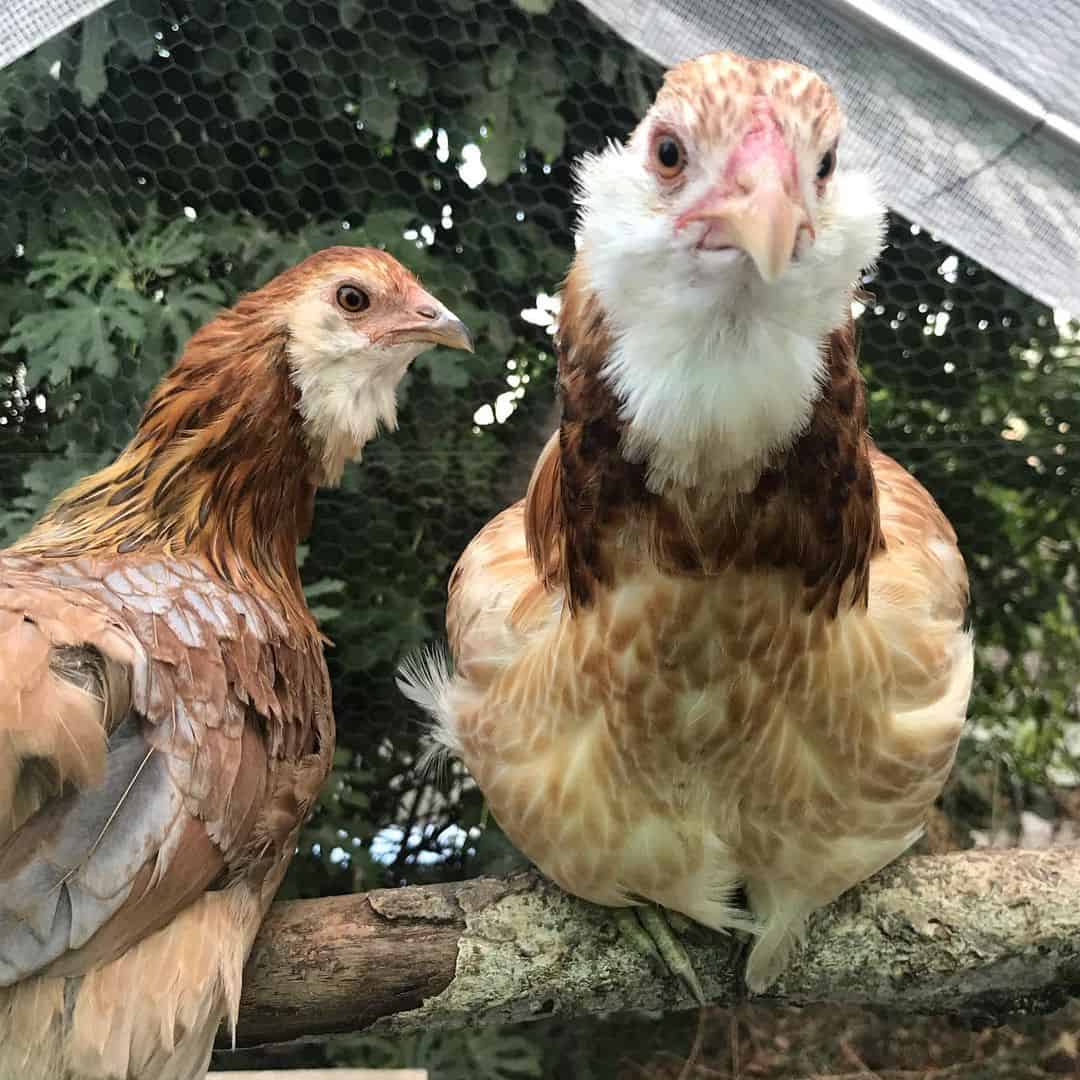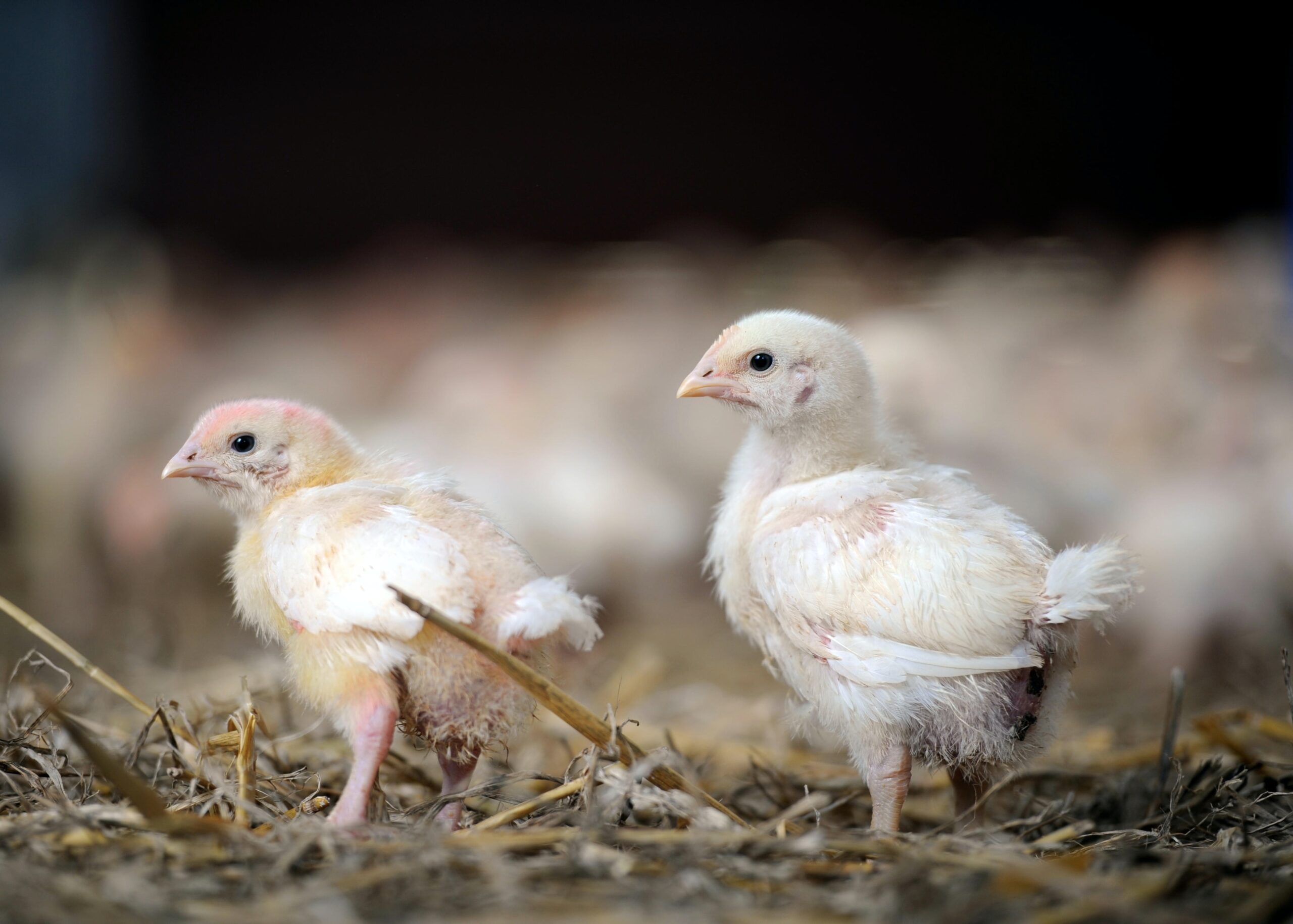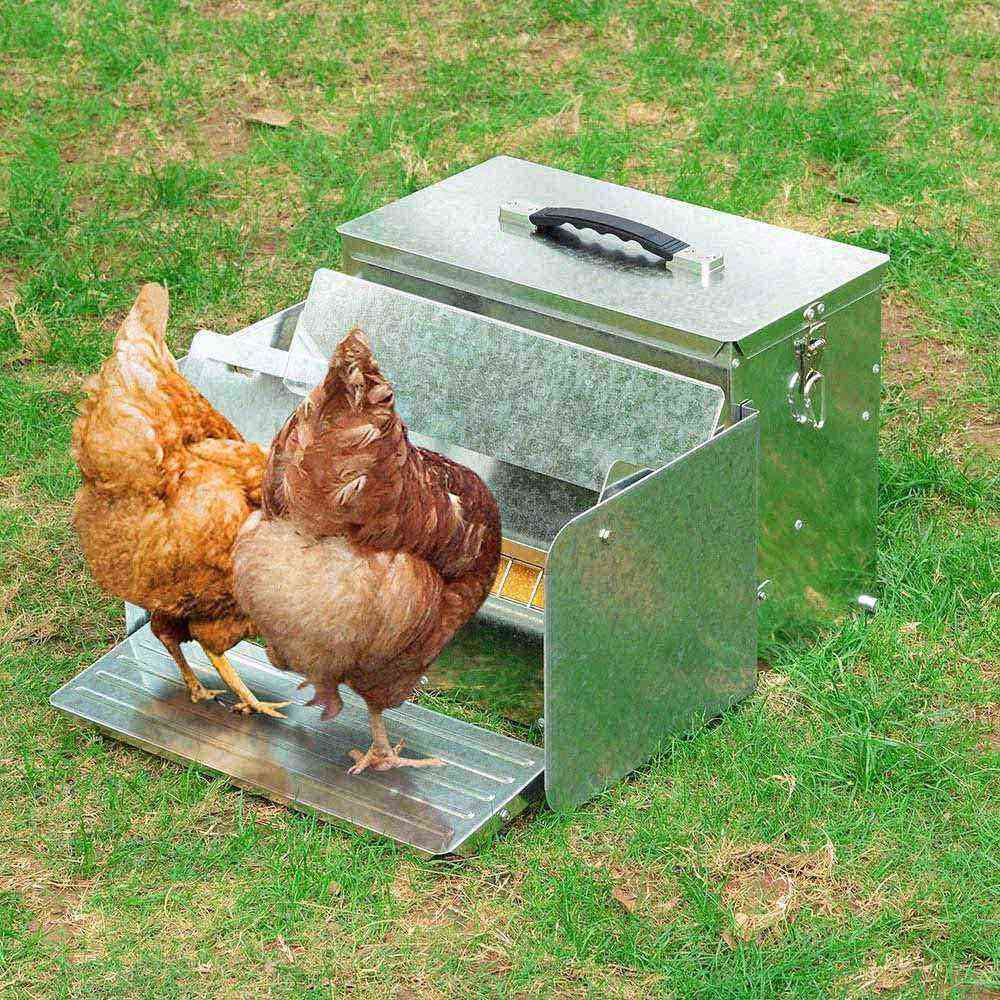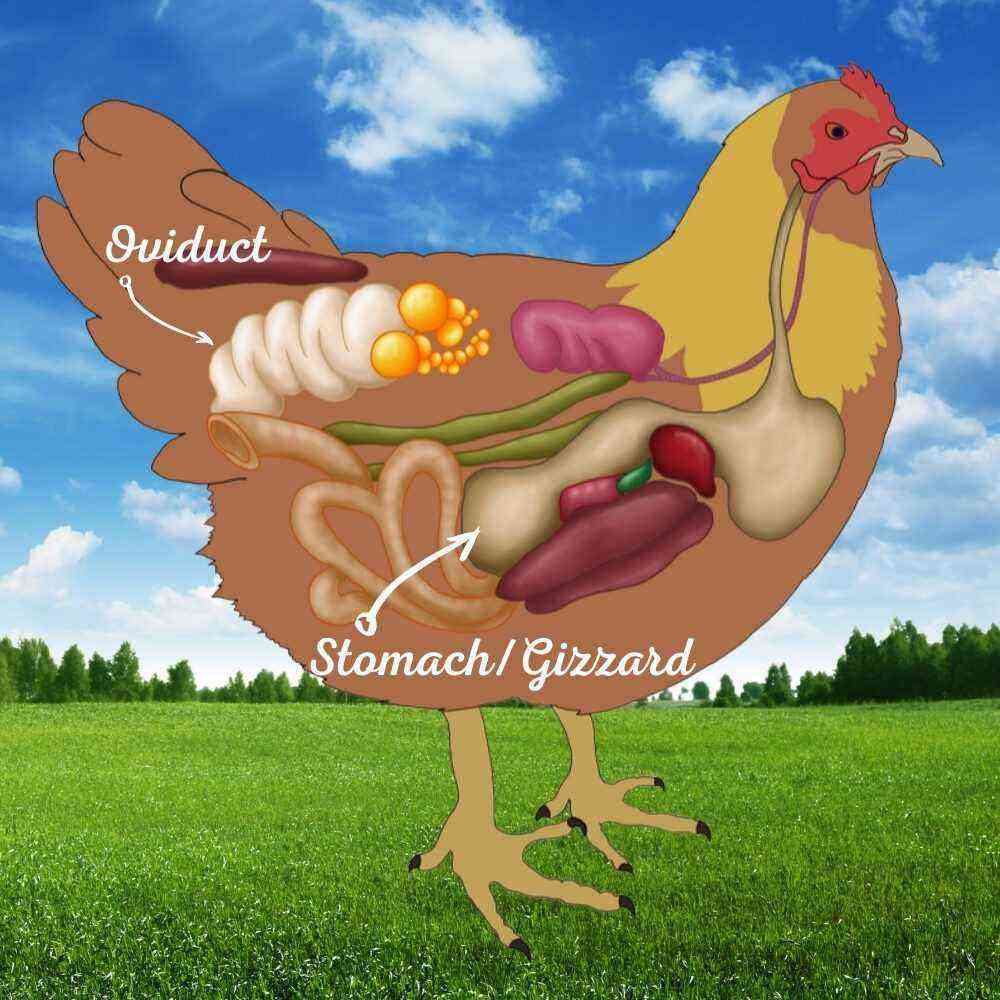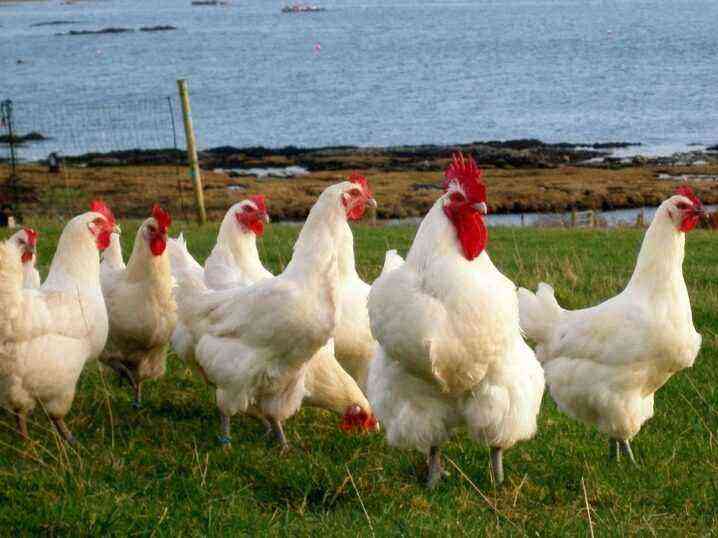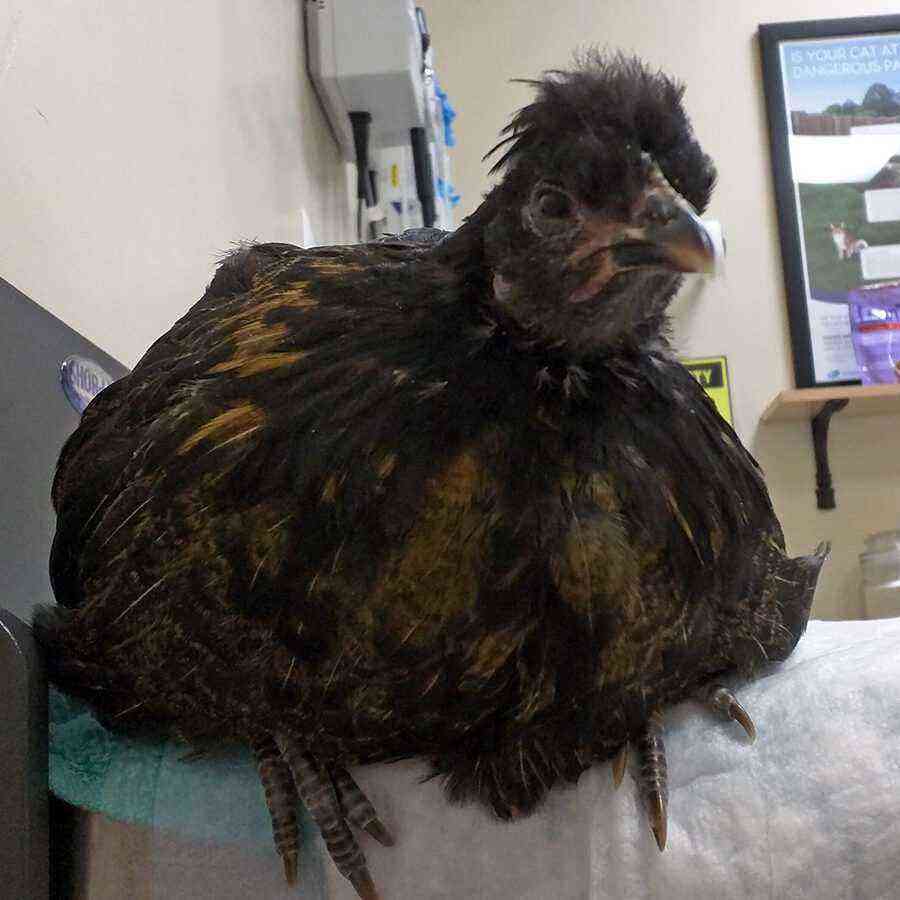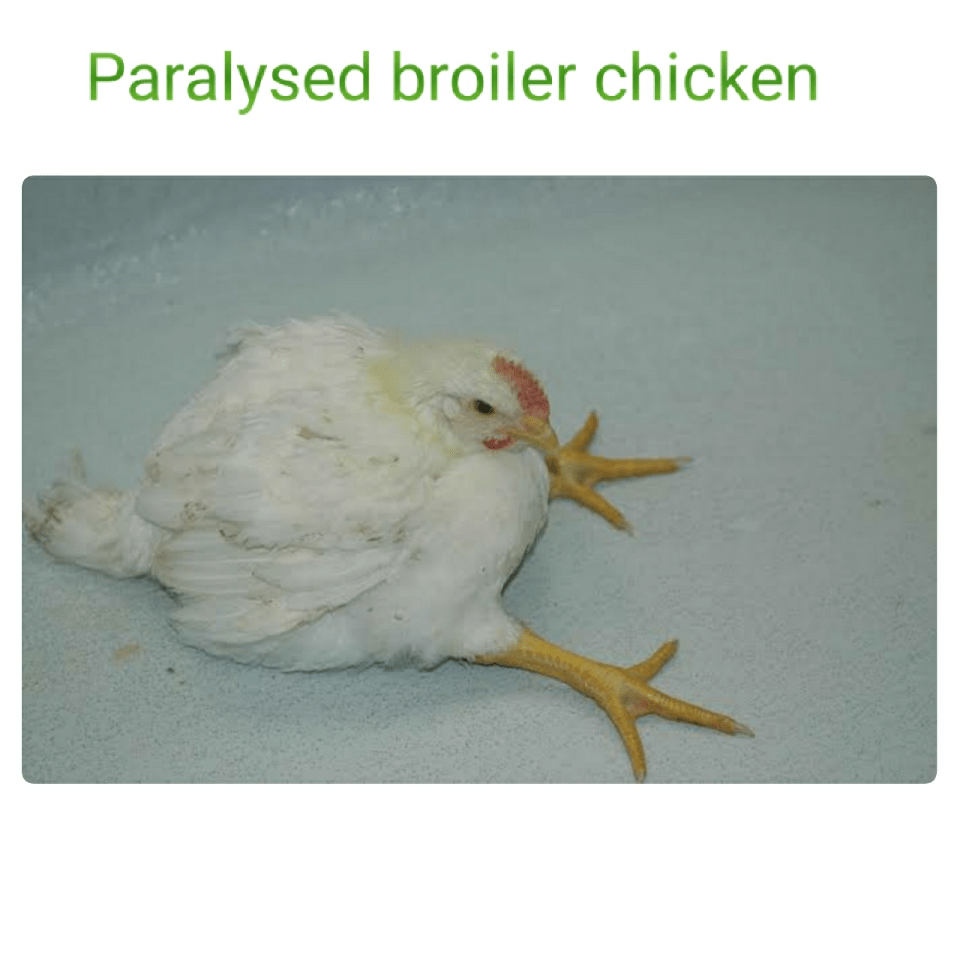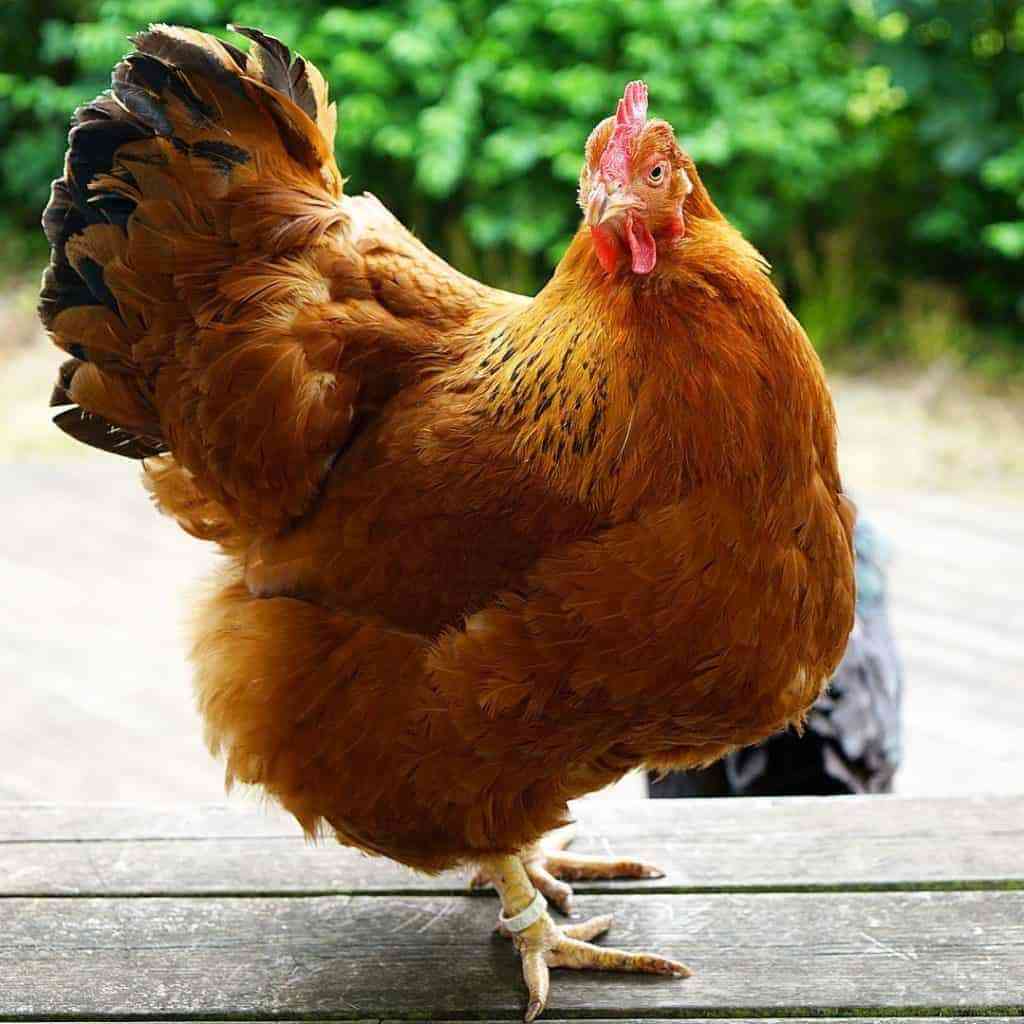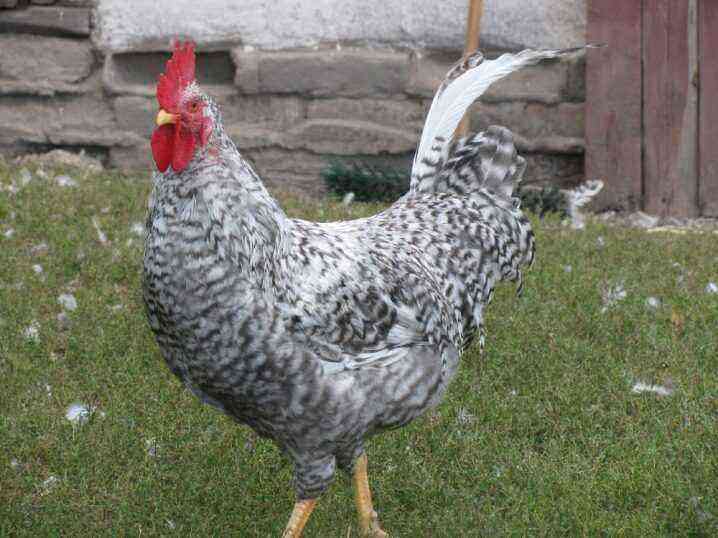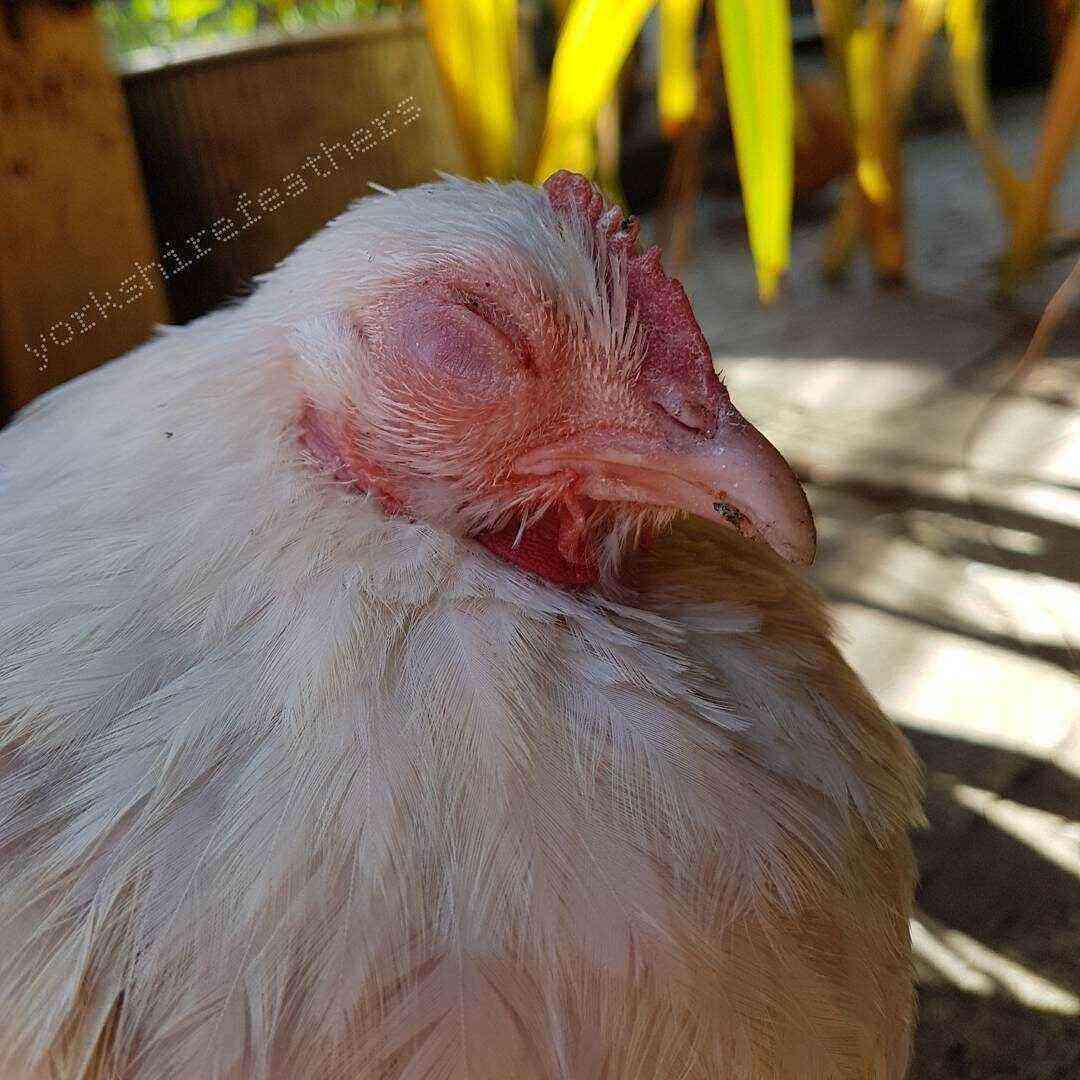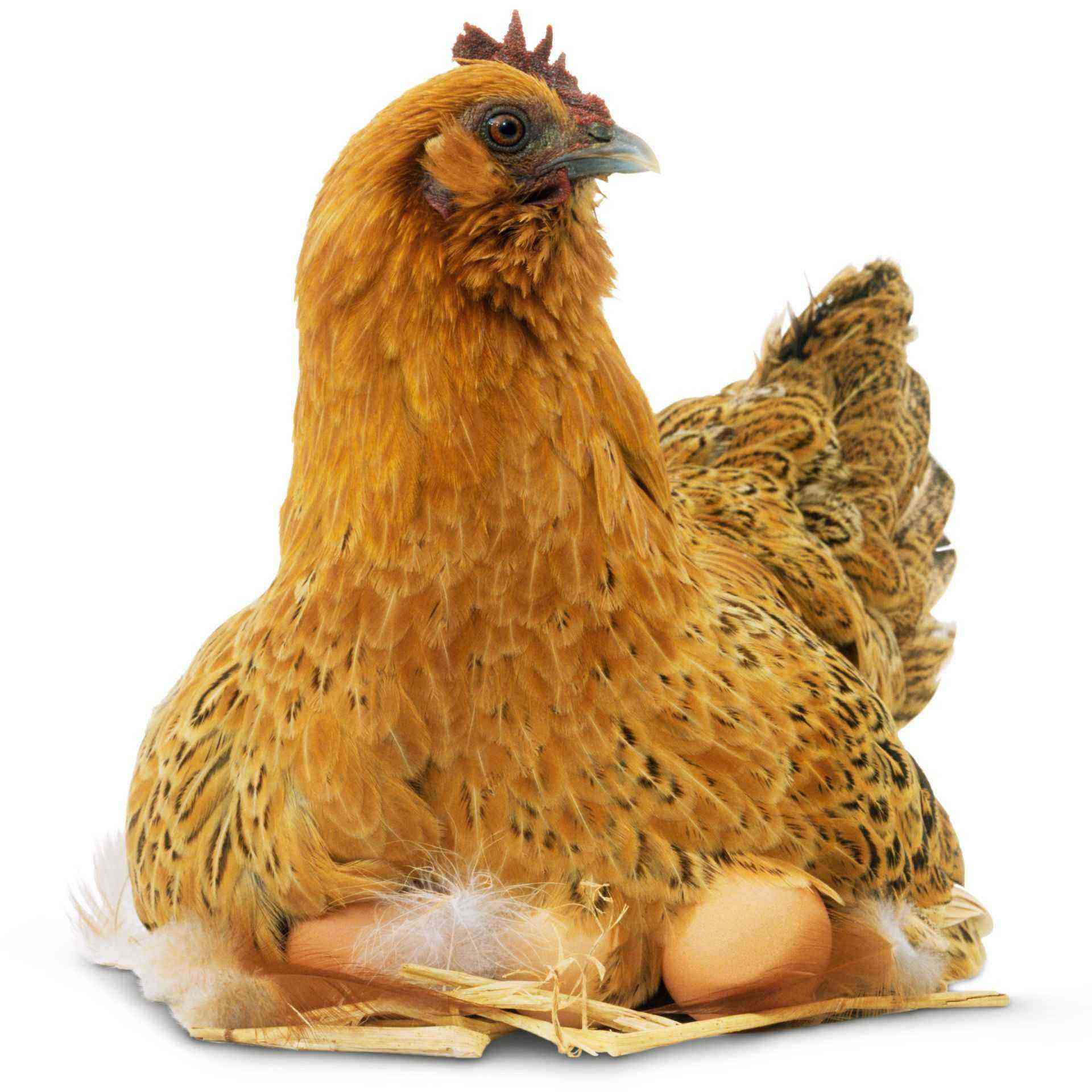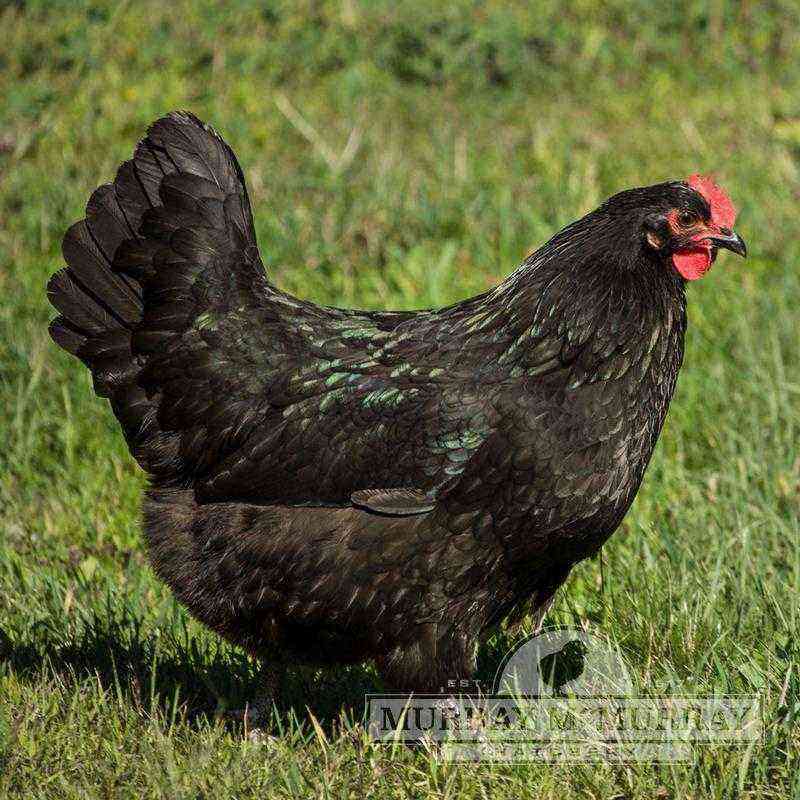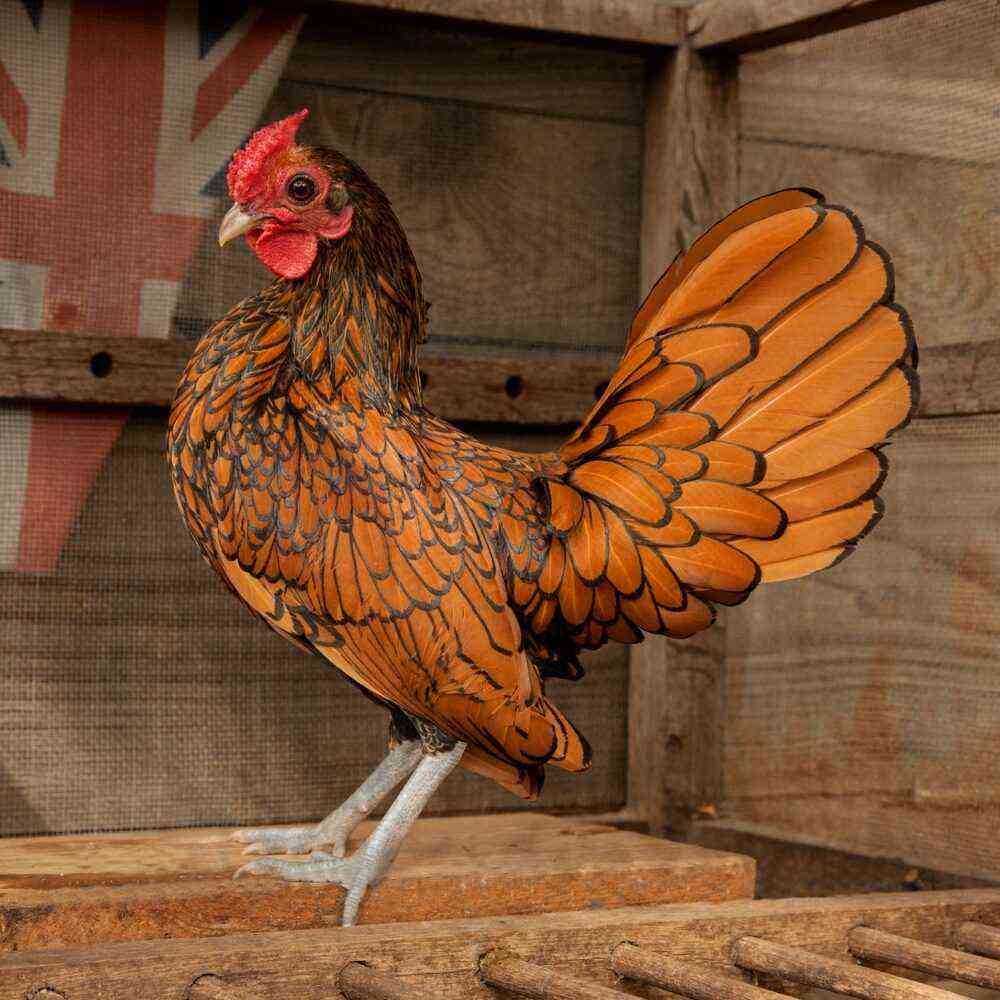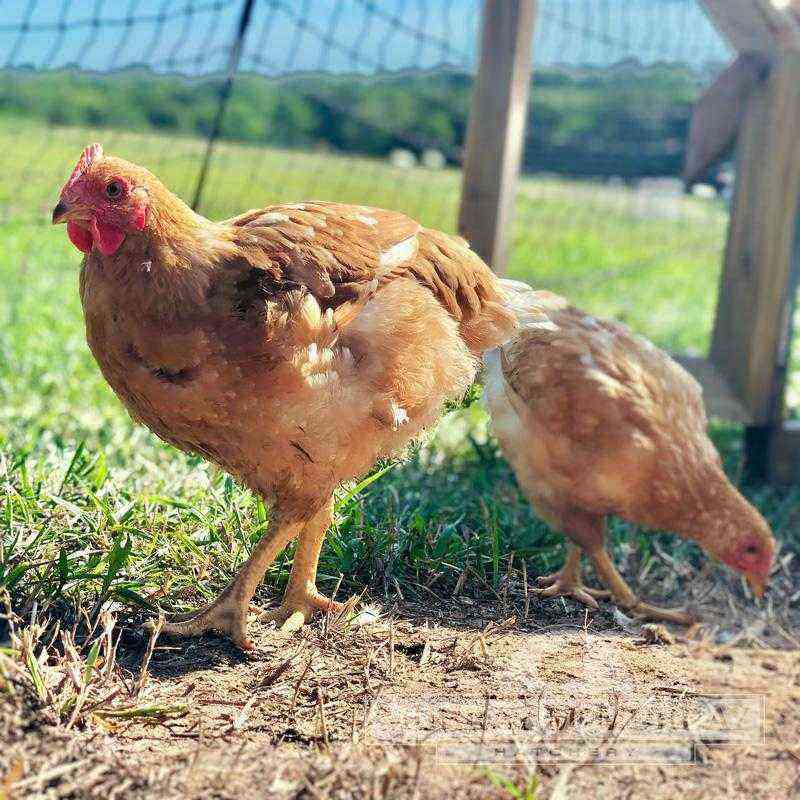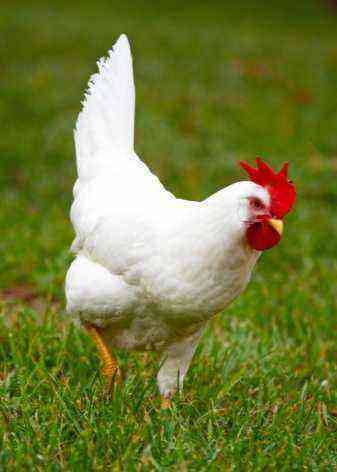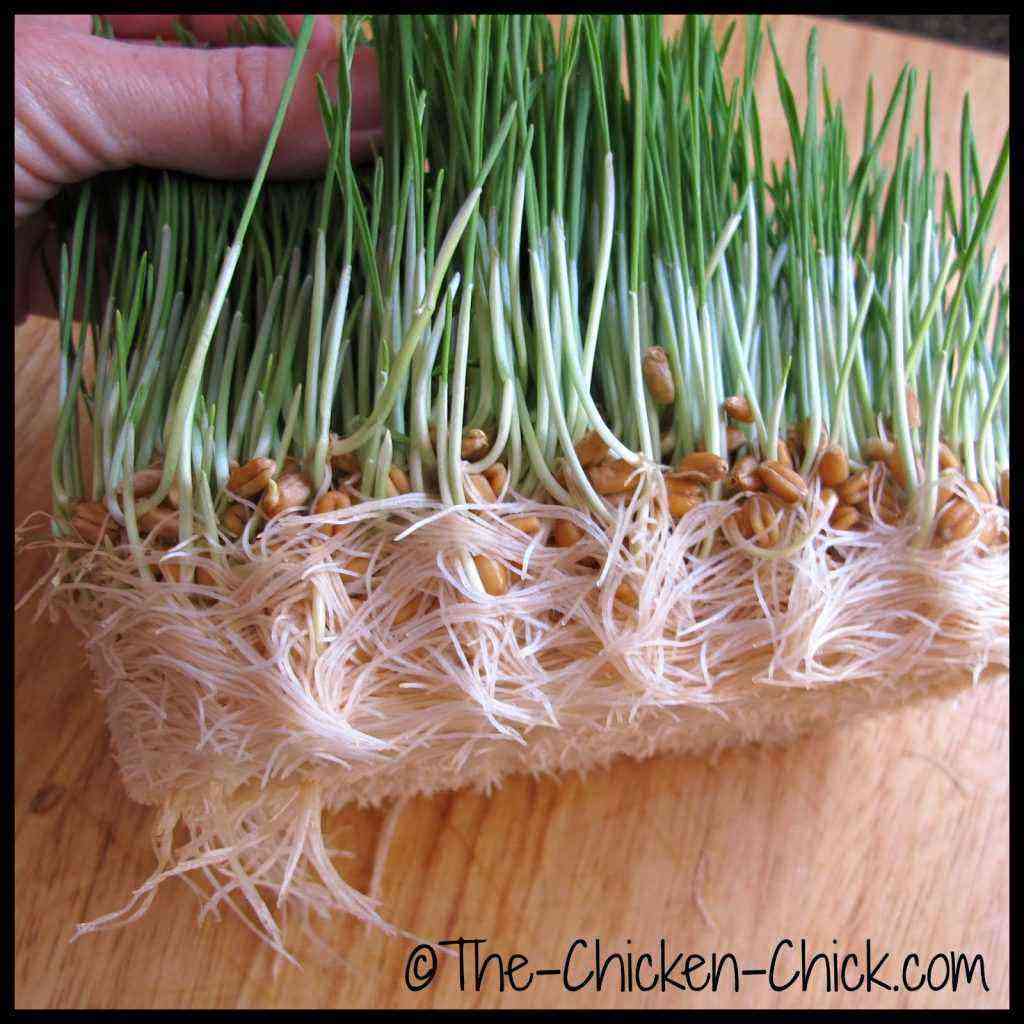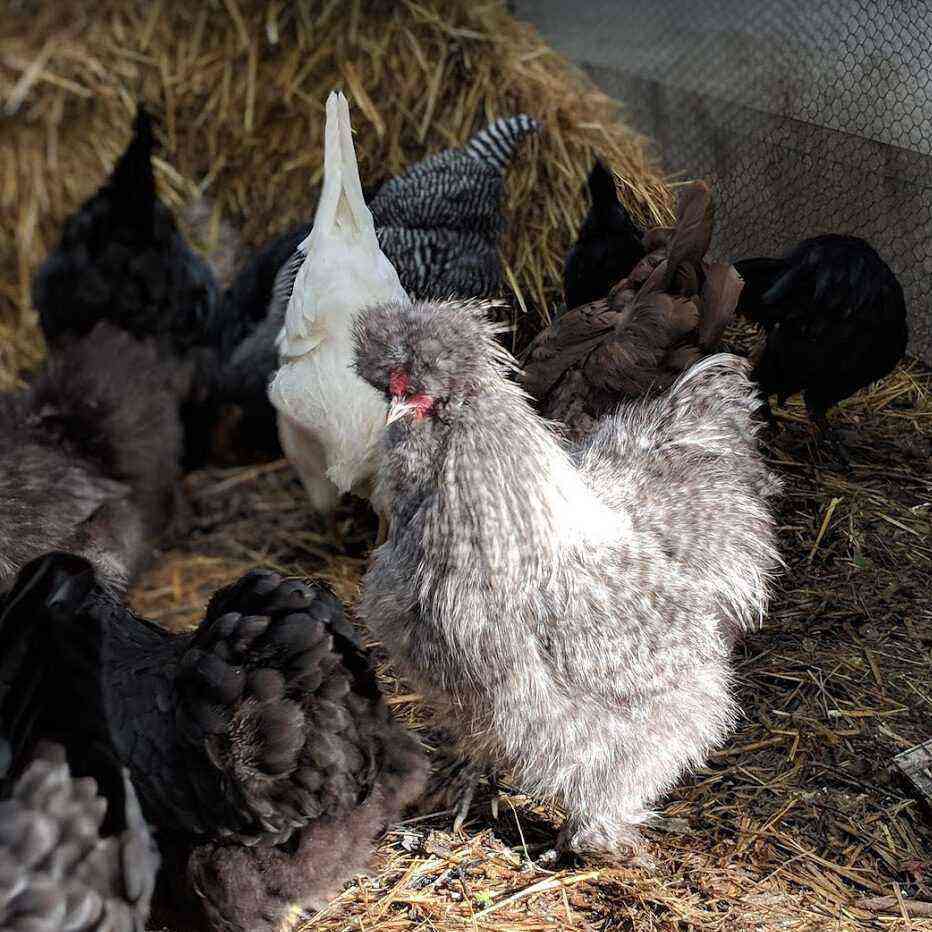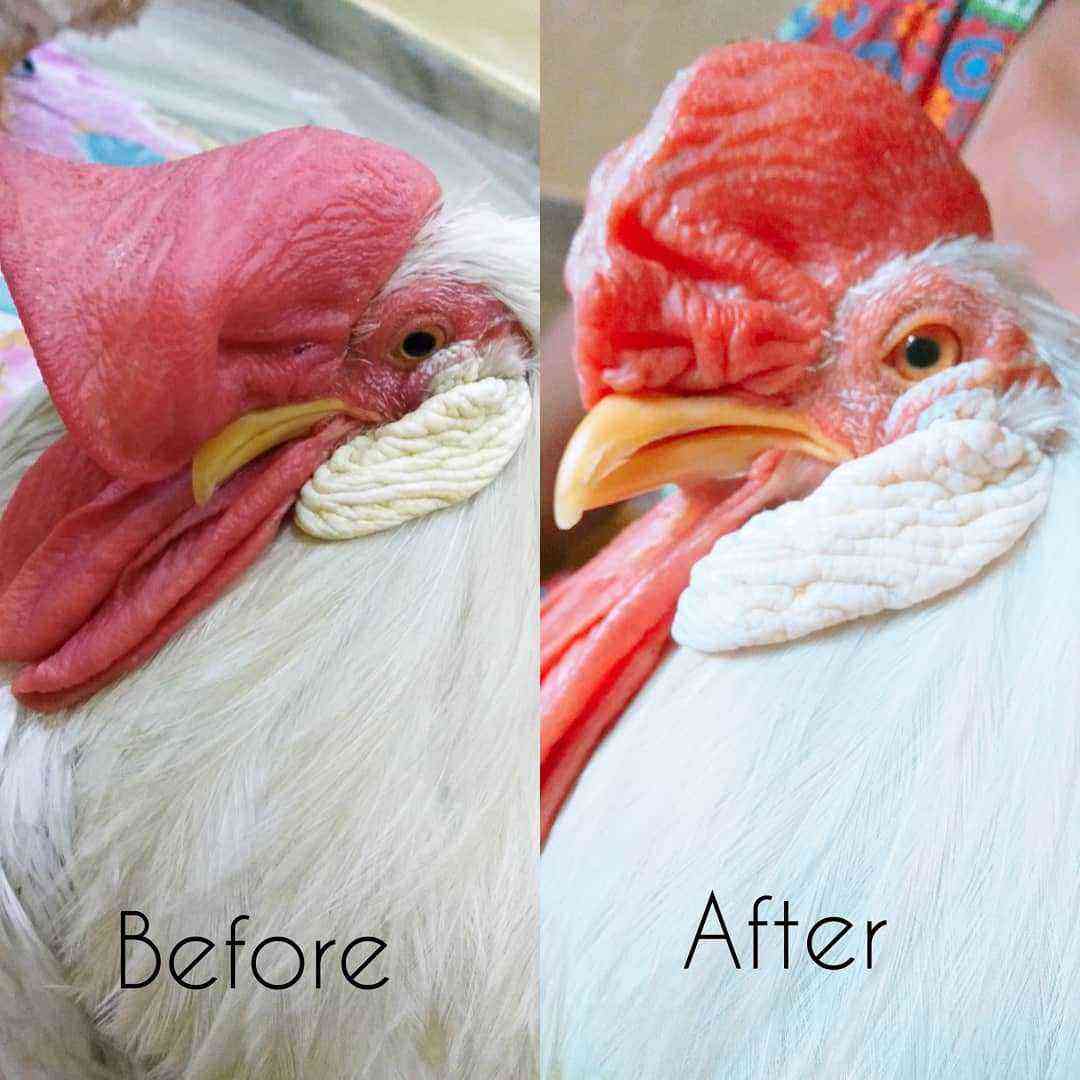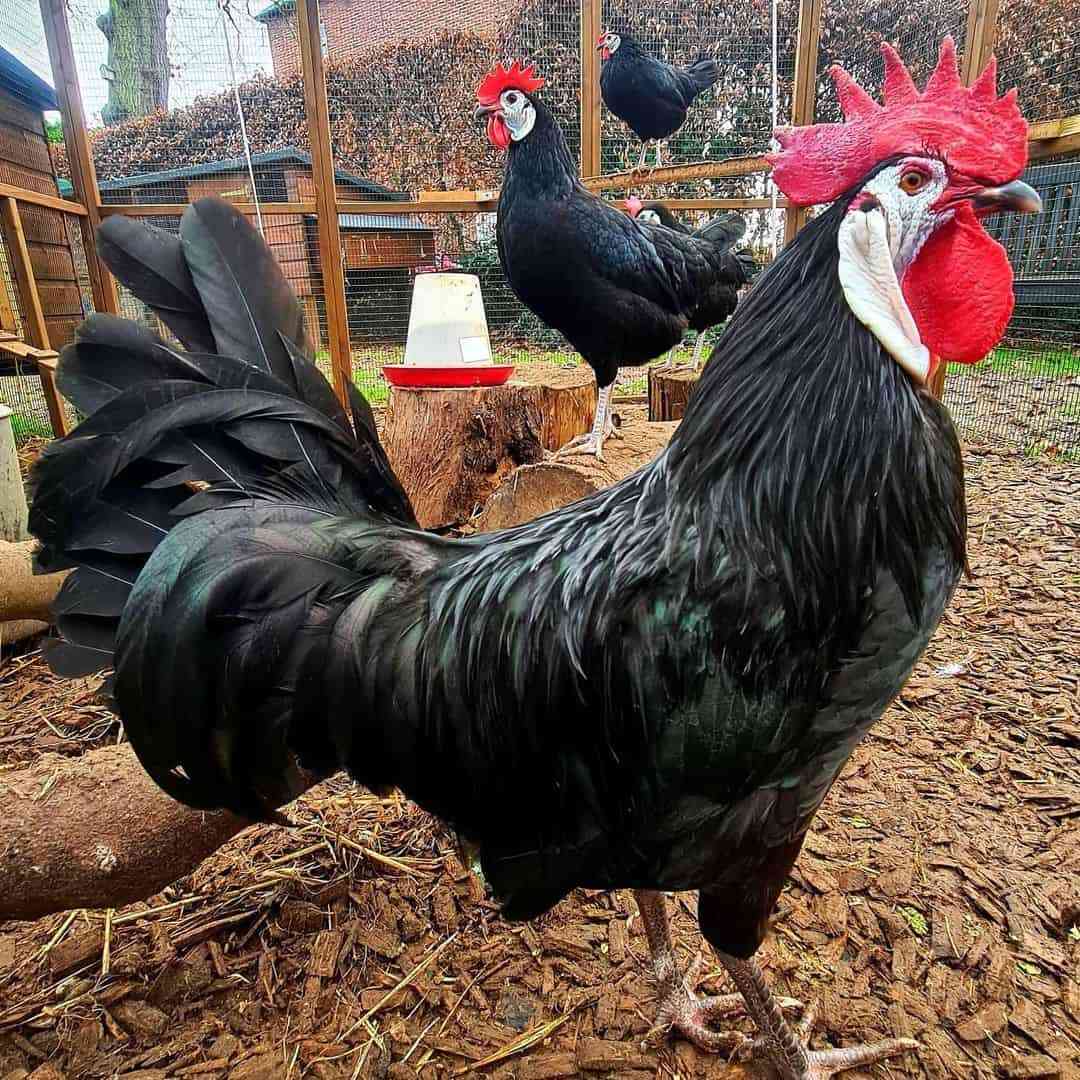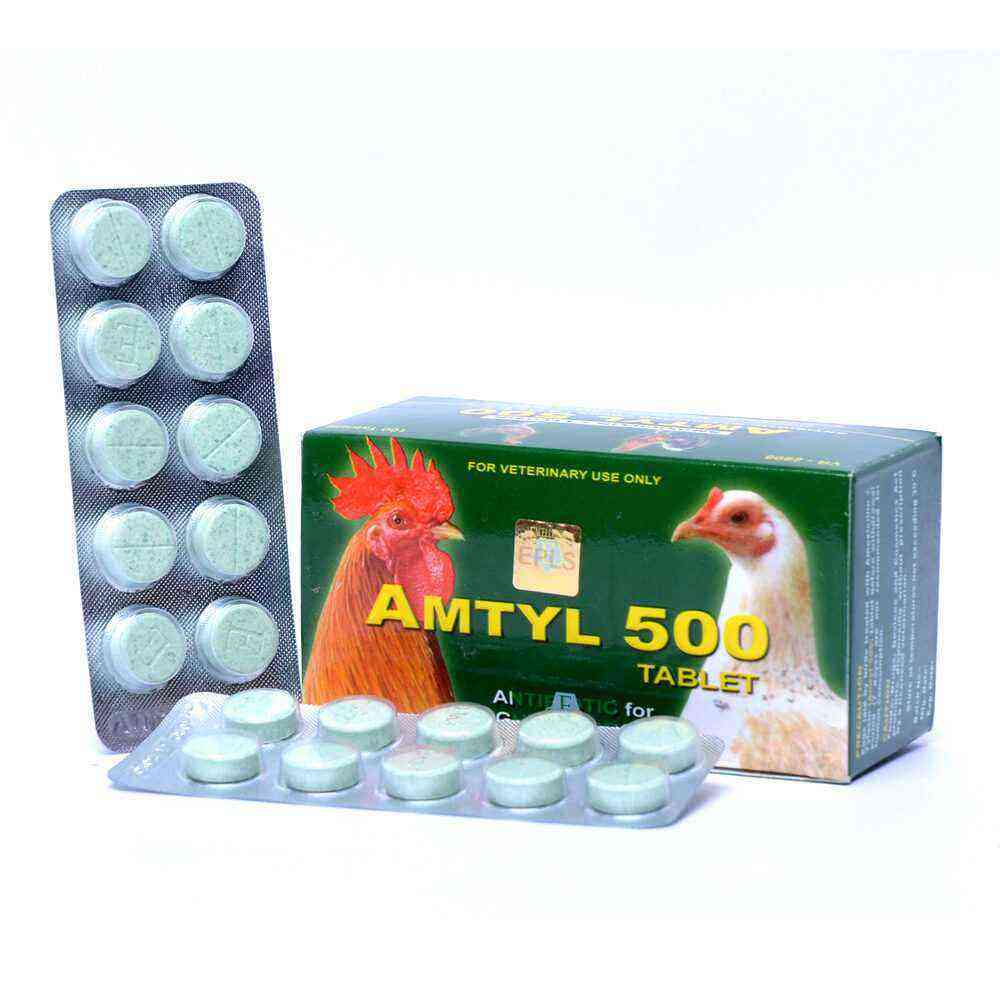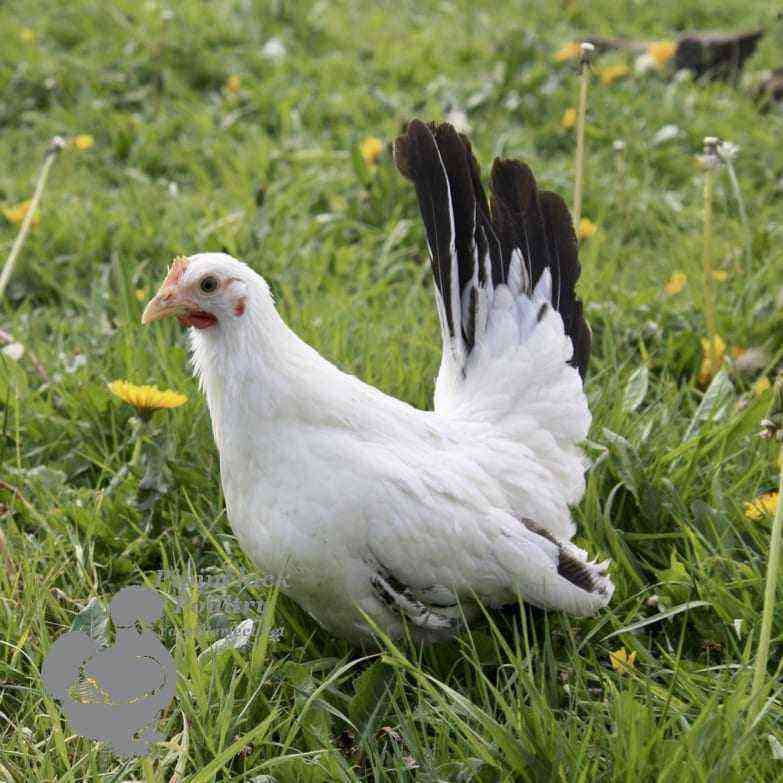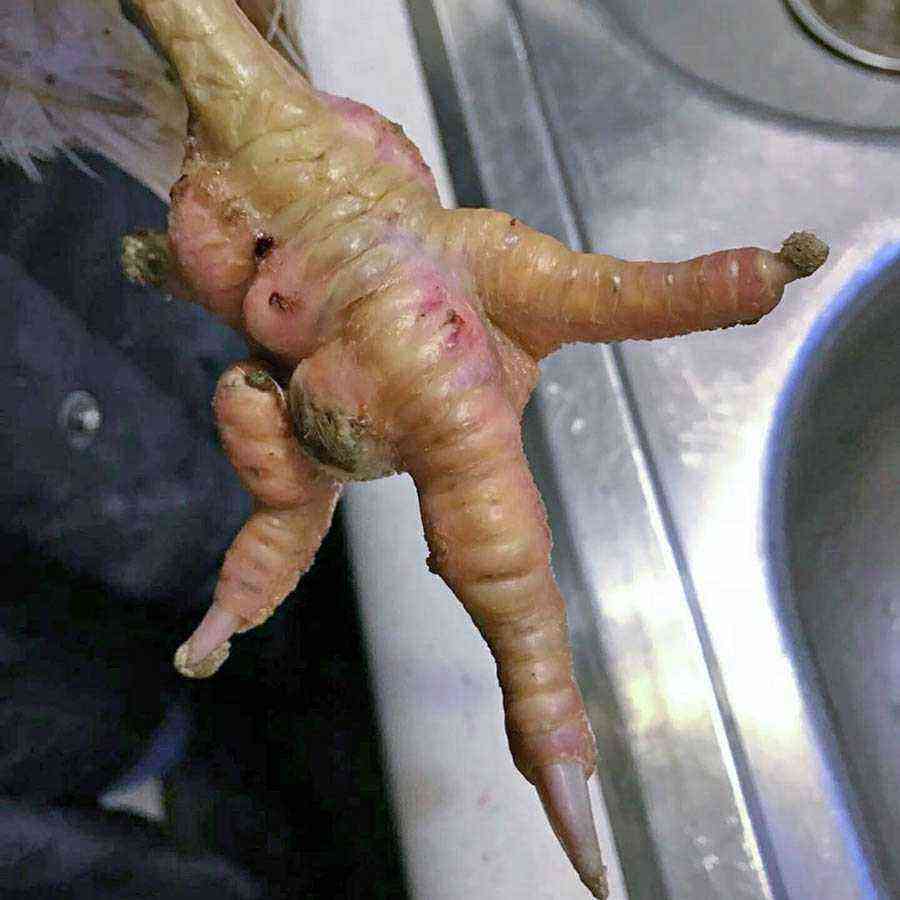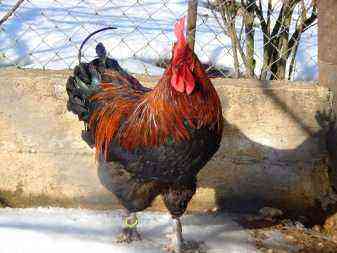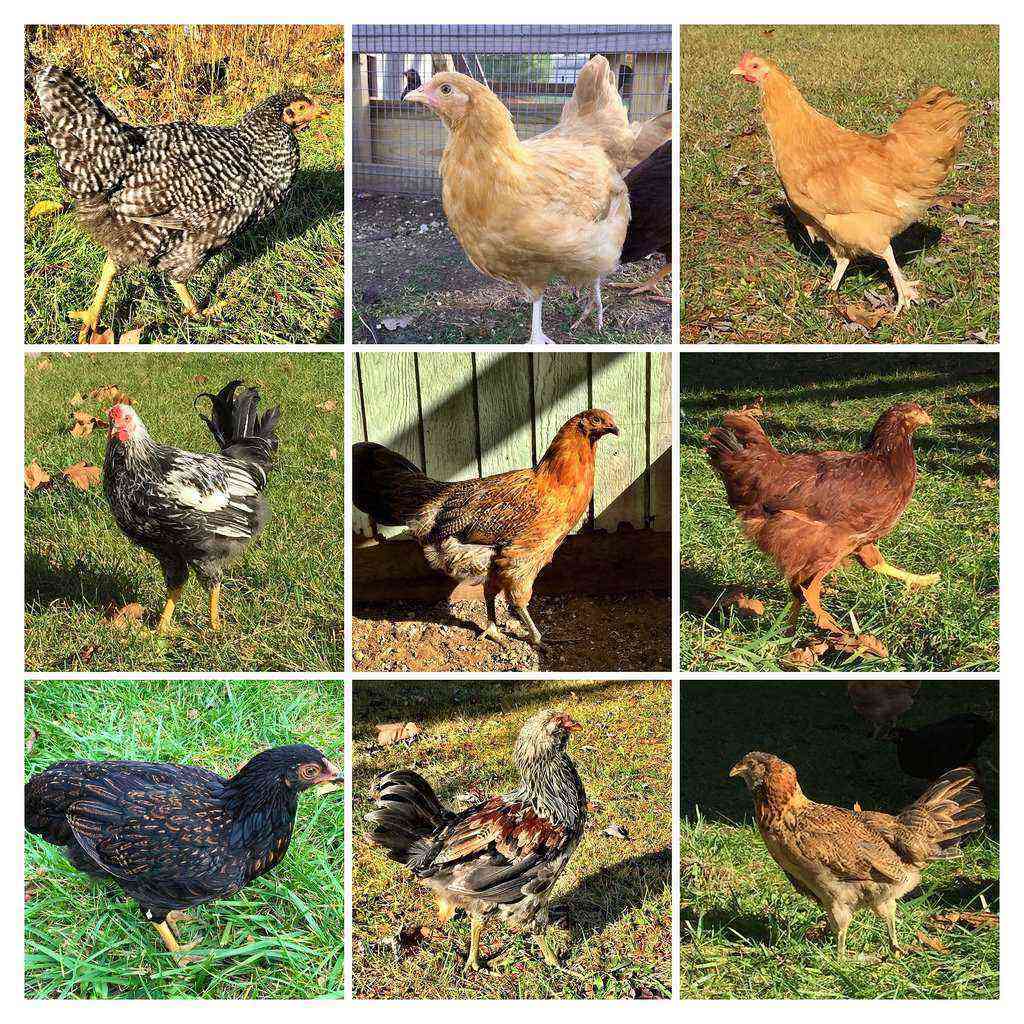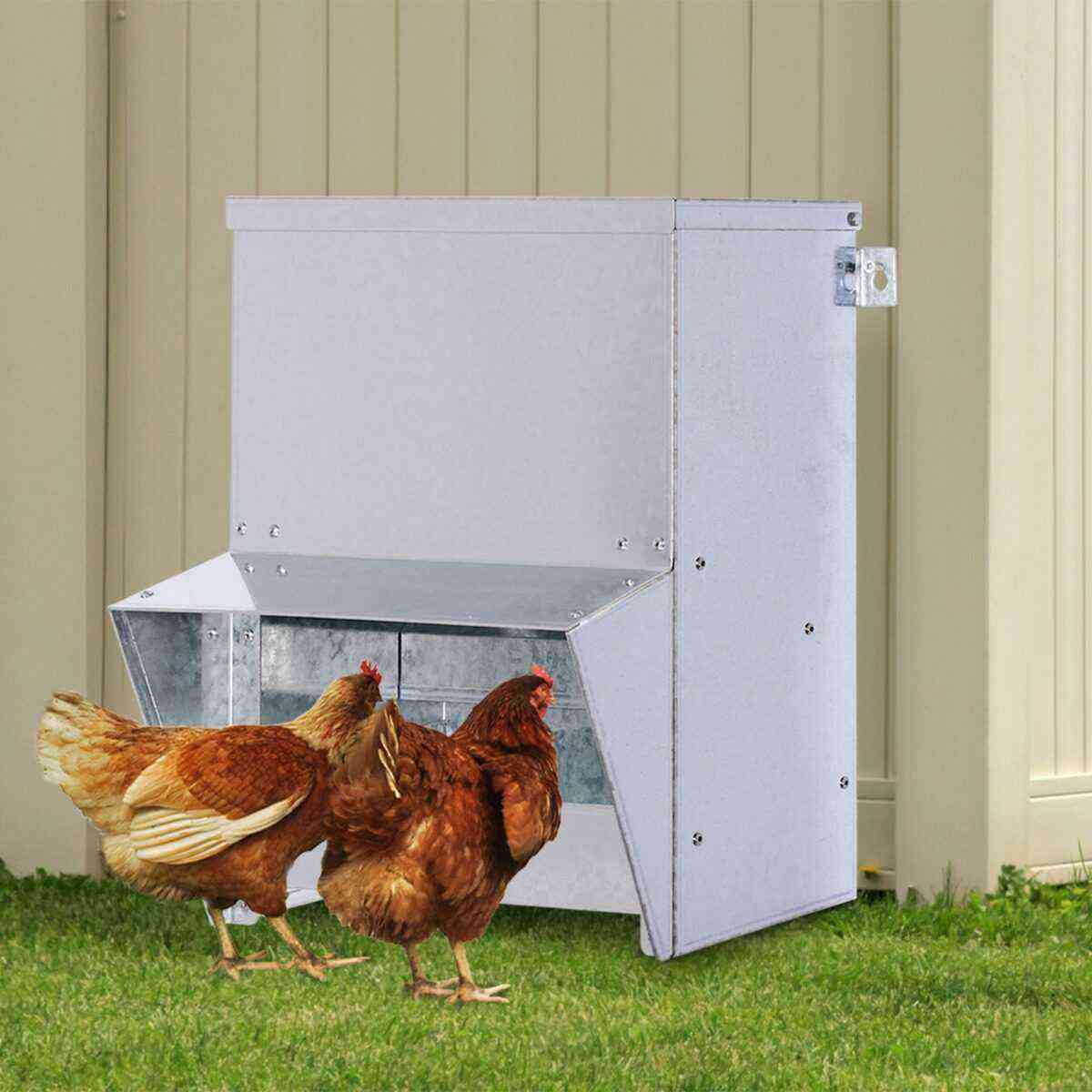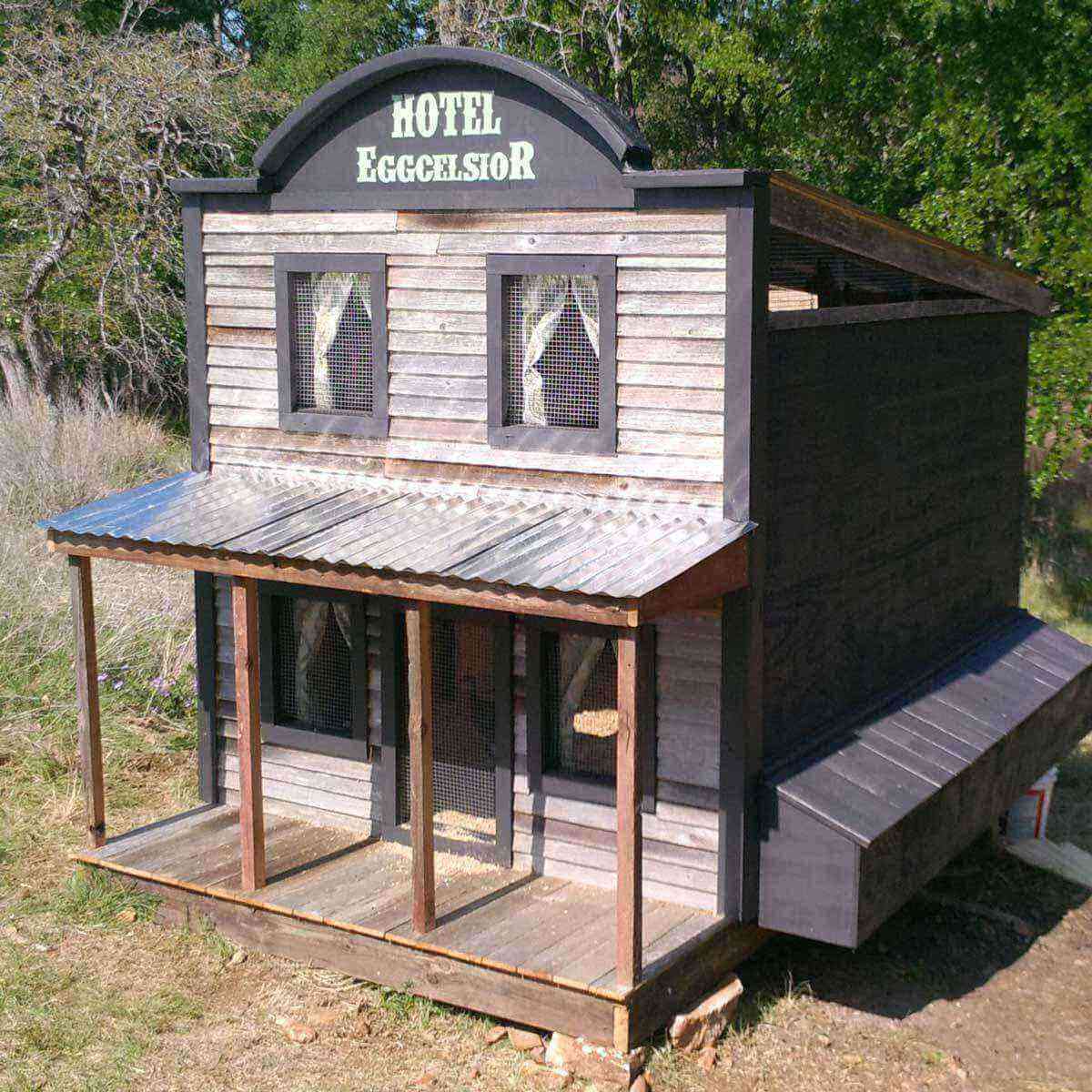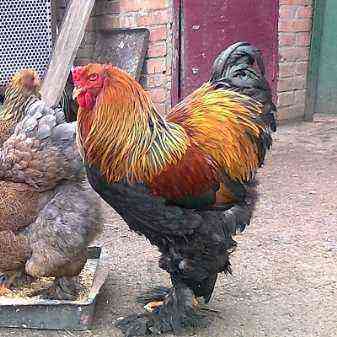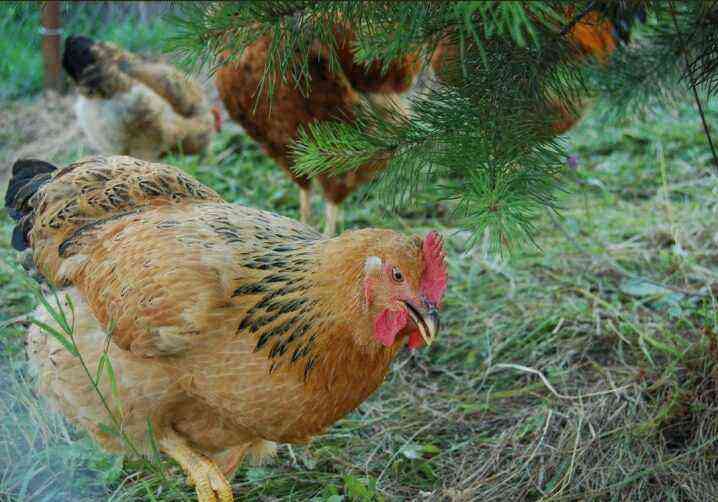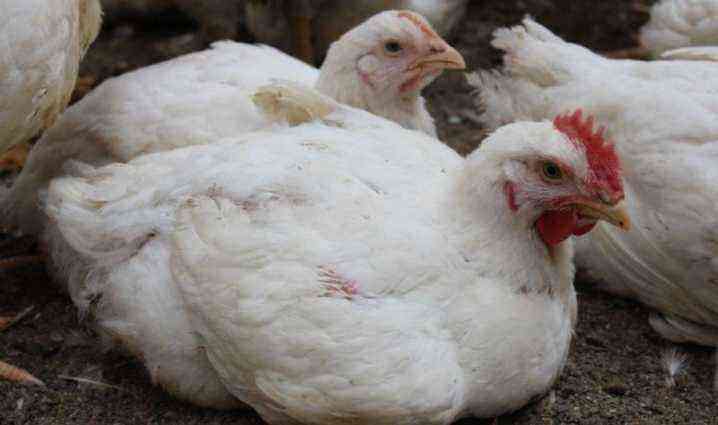Very popular and common among amateur poultry farmers who breed laying hens in their backyard are Russian breeds of chickens such as Zagorsk salmon and Poltava clayey.
Zagorsk salmon breed was bred in Russia in the middle of the 20th century in 1955. To “receive” four breeds were crossed: New Hampshire, Yurlovskaya, Russian White and Rhode Island. Scientists selected birds according to various factors: productivity, viability, precocity and meat direction. Zagorsk salmon chickens lay up to 160 eggs weighing about 62 grams per year. The mass of the hens themselves is about two and a half kilograms, and the roosters are up to three and a half kilograms. A distinctive feature of these birds is that they have a very unusual, very beautiful, bright color. The neck, back and wings are pink, the tail is black and the mane is dark. The belly and chest are represented in light yellow. Roosters have black and red feathers on their chest, back and wings. Chickens are hardy, strong, grow quite quickly.
Hens of the Poltava clay breed are highly productive. They lay up to 200 or even more eggs per year. When these birds are crossed with leghorns, egg production increases to 240 eggs per year. Their weight is about 58 grams. Ukrainian scientists want to improve the breed, create a specialized line of eggs. Poltava clay laying hens are distinguished by a wide physique. They have a broad chest and back, and a short neck. The beak of these birds is short. The color of the crest can be either pink or bright red. Plumage color is black, clay and cuckoo. Earrings and earlobes also vary in color depending on the color of the plumage. Yellow in cuckoo and clay, dark steel shade in black hens.



